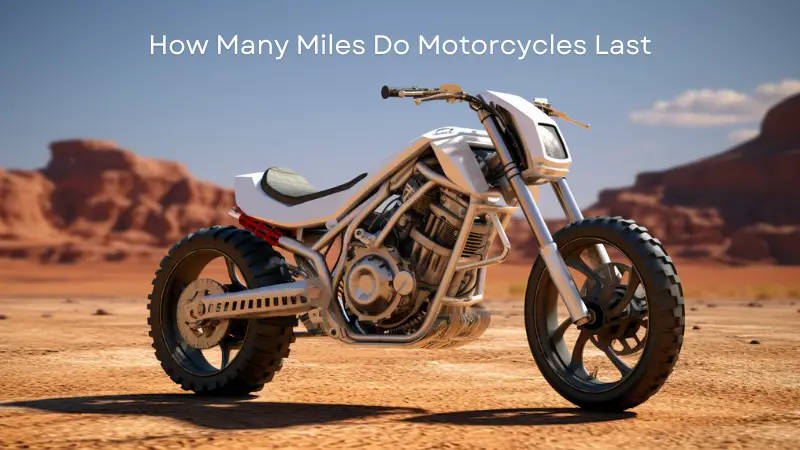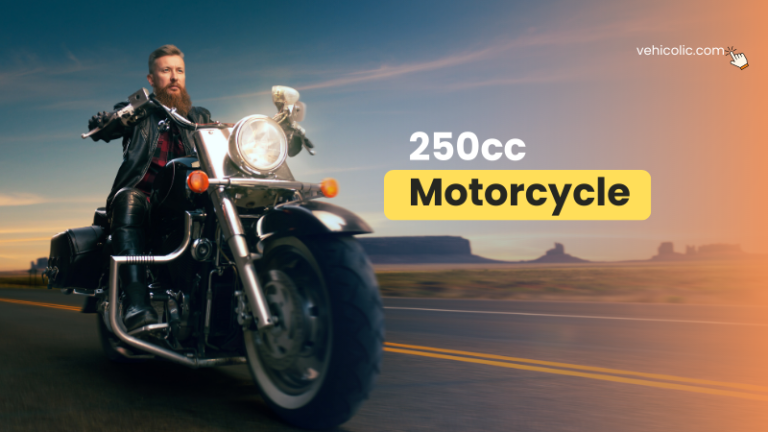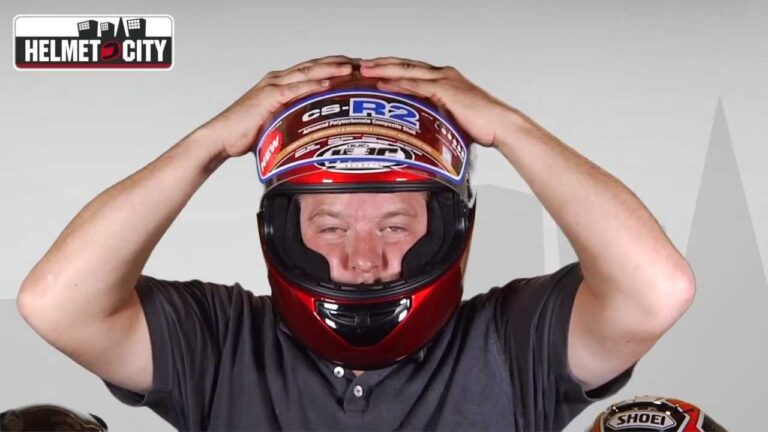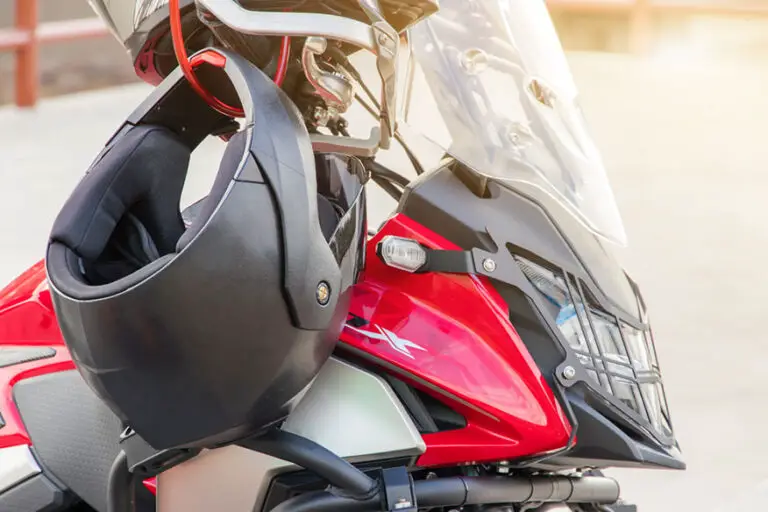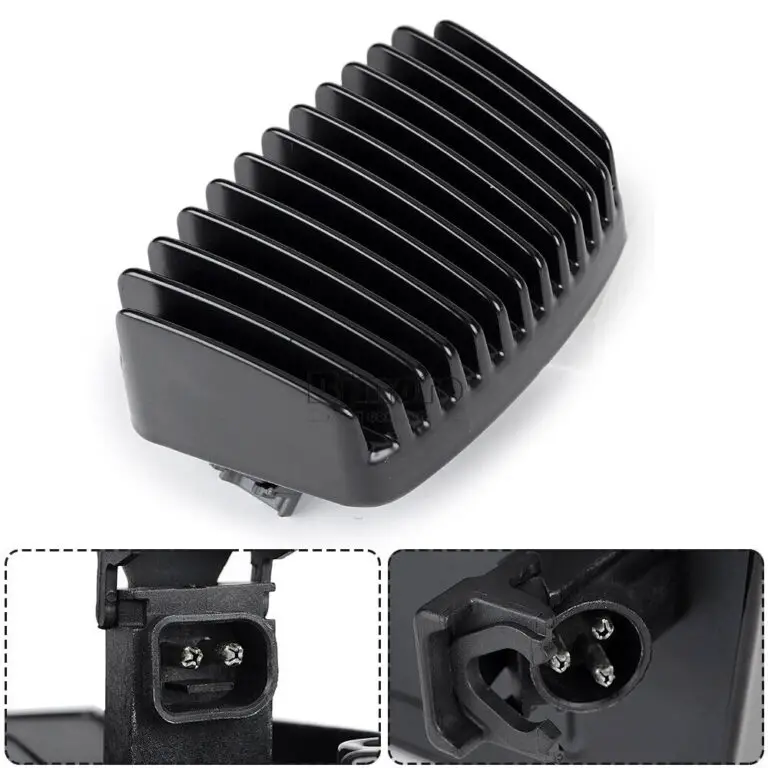How Many Miles Do Motorcycles Last
Motorcycles = freedom, adventure, and the open road. But, how long will they last? Much depends on maintenance, use, and the quality of components.
Maintenance is key. Oil changes, filter replacements, and inspections. Neglecting this = wear and tear, and a shorter life for your bike.
Usage has an effect too. Riding often and for longer distances, puts more stress on engine parts and tires. Less use? Your motorcycle can last for many more miles.
High-quality bikes from reputable manufacturers are a bonus. Superior materials, engineering, and construction mean they can last even longer.
But remember, even if your bike is top-notch, regular care is still required to keep it roadworthy. Maintenance matters – no matter the brand or price tag.
Factors Affecting Motorcycle Lifespan
Moto-lifespans depend on various factors that affect durability and longevity. Let’s explore the key factors that can influence a motorcycle’s lifespan.
- Maintenance is pivotal, with timely oil changes, tire upkeep, chain adjustments, and overall inspections needed.
- Usage and riding style also impact life-span – rapid acceleration, hard braking and constant high-speed riding can strain components.
- Environmental conditions, like excessive heat or cold, can negatively impact lifespan.
- Quality of components is key – bikes with high quality parts last longer.
- Storage practices are vital – dry, secure and away from direct sunlight.
- Mileage and age are also important – as mileage accumulates, some components may deteriorate.
- Plus, keeping tire pressure in check, avoiding overloading, and being aware of mechanical issues are essential.
Heed these practices to extend your motorcycle’s lifespan. Give it proper maintenance, ride responsibly and ensure optimal storage. Then you can enjoy many miles with your two-wheeled companion!
Motorcycles aren’t just machines, they’re like pets that outlive all your relationships. So start taking the necessary steps today!
Regular Maintenance and Care
Regular maintenance and care are essential for the longer life of motorbikes. Let’s remember these 3 key points:
- Check and change the oil regularly, for proper engine lubrication. This helps reduce friction and avoids excessive wear and tear.
- Inspect the tires regularly for signs like uneven tread or cracks. Maintaining proper tire pressure is key for optimal performance and safety.
- Clean the motorcycle often to remove dirt, debris and corrosive things which can damage paint, chrome parts & overall look.
Also, keep a consistent service schedule with a qualified motorcycle mechanic. They have deep knowledge about bike components and can identify issues early.
Now, let’s get into more details about maintenance and care.
Inspect the brake system regularly, check brake pads for wear and ensure hydraulic fluid levels are adequate. Not doing this can compromise safety on the road.
If regular maintenance is neglected, catastrophic failures may happen during long rides. Doing preventive measures saves money and ensures a reliable ride without unexpected breakdowns.
Riding Style and Conditions
Riding style that is aggressive, for example, excessive acceleration or hard braking, puts more stress on bike parts and may result in premature wear.
Road conditions such as rough roads, potholes, and gravel can take a toll on the bike’s suspension, tires, and other parts.
Also, extreme weather conditions like cold, rain, snow, and humidity can affect the durability of the bike. To counter this, regular maintenance is key. This includes oil changes, tire rotations, chain adjustments, and other tasks.
Moreover, off-roading or racing can reduce the lifespan of the motorcycle due to the added strain on its components. A great way to improve the mileage of the bike is to invest in high-quality parts and accessories that are made for durability and performance.
Lastly, all motorcycles have one thing in common – they outlast most relationships!
Manufacturer and Model Differences
When it comes to motorcycle lifespan, there are things to consider. Manufacturer and model differences play a role.
Different manufacturers produce bikes with different quality and durability, and different models within a maker vary in how long they last on the road.
Check out this comparison table:
| Manufacturer | Model | Average Lifespan (in miles) |
|---|---|---|
| Honda | CB500F | 50,000 – 70,000 |
| Yamaha | MT-07 | 60,000 – 80,000 |
| Harley-Davidson | Sportster Iron 883 | 70,000 – 90,000 |
| Kawasaki | Ninja ZX-6R | 40,000 – 60,000 |
| Suzuki | GSX-R750 | 50,000 – 70,000 |
These numbers are averages and can depend on maintenance, riding conditions, and individual riding style.
Don’t forget to consider other details not listed. Some makers offer extended warranties, and some models have strong engines or innovative engineering that help them last longer.
So when you’re shopping for a bike, think about the details. Compare different manufacturers and models, consider features and reputations, and make the best choice to have a safe and enjoyable ride for many miles.
Remember, figuring out when to replace parts on your bike is never easy – but it’s necessary for everyone’s safety.
Signs of Wear and When to Replace
Wear and tear on a motorcycle is normal. Knowing when to replace components is key to preserving your bike’s functionality and life.
Here’s what to look for:
- Tires: Check the tread depth. Replace tires when they reach 2/32 of an inch or less.
- Brakes: Check if they’re spongy or unresponsive. If so, you may need new brake pads. Also, look for unusual noises, vibrations, or brake dust.
- Chain: See if there are any rust, tight spots, or loose links. Get a new chain if you notice significant wear or damage.
- Suspension: Look out for leaks, bouncing, or lack of damping. If you notice these signs, consider getting it checked and replaced.
- Fluids: Regularly inspect oil and coolant levels. Low or dirty fluids can cause engine damage or overheating – replace fluids as recommended.
Plus, consult your motorcycle’s owner manual for specific guidelines.
For best performance and longer life, follow these steps: inspect all parts, maintain a record of activities, use quality parts, and consult a professional mechanic if in doubt.
Taking care of your bike means it will take care of you – and it’ll last longer too!
Extending the Lifespan of Your Motorcycle
Maintaining your motorcycle is key for safety and money-saving! Here are three must-dos:
- Regular maintenance – oil changes, tire checks, brake inspections. This keeps potential issues from escalating.
- Proper storage – a garage or a waterproof cover when parking outdoors protects it from the elements and theft.
- Gentle riding technique – smooth acceleration and deceleration, avoid speed bumps and potholes. This minimizes wear and tear.
Also, regular cleaning is essential. This prevents dirt, debris, and corrosive substances from building up and damaging sensitive parts.
For maintenance and repairs, use certified mechanics who specialize in motorcycles. Their expertise ensures proper care tailored to your bike’s needs.
Follow these practices and prioritize proper maintenance and storage for your two-wheeler. You’ll extend your bike’s lifespan and make sweet memories on the open road!
What is High Mileage on a Motorcycle?
High mileage on a motorcycle is generally considered to be around 25,000 miles. Unlike cars, a motorcycle’s mileage isn’t the only factor to consider when assessing its condition.
The way it’s been maintained, the type of riding it’s been used for, and the specific model can all have an impact on its longevity.
It’s also worth noting that some well-maintained motorcycles can still perform well even with higher mileage.
Therefore, while mileage is an important consideration, it’s not the only factor to consider when evaluating a motorcycle’s condition.
Conclusion
Motorcycles have varying lifespans – from maintenance to usage, and even type of motorcycle. With the right care, a motorcycle could reach up to 100,000 miles or more!
Servicing and oil changes can lengthen its lifespan. But, harsh weather and improper storage can reduce its longevity.
High-performance motorcycles will need more demanding usage and maintenance. To maximize its lifespan, follow the manufacturer’s recommended maintenance schedule and store it properly.
Unique details like riding conditions such as rough terrain or extreme temperatures also affect its lifespan.
To keep your motorcycle running and safe, be proactive in its maintenance. Failing to do so could cause premature wear and potential safety hazards.
Take action now to ensure you get to enjoy your motorcycle for years to come!
FAQs
1. How many miles can a motorcycle last?
There is no definitive answer as the lifespan of a motorcycle depends on various factors such as maintenance, riding conditions, and the specific model. However, many motorcycles can last well over 100,000 miles.
2. What can I do to prolong my motorcycle’s lifespan?
To increase your motorcycle’s longevity, regular maintenance is crucial. This includes oil changes, tire rotations, chain adjustments, and overall inspections. Additionally, storing your motorcycle in a dry, secure place and avoiding extreme weather conditions can help preserve its lifespan.
3. Do different types of motorcycles have different lifespans?
Yes, different types of motorcycles can have varying lifespans. Generally, cruisers and touring bikes tend to have longer lifespans compared to high-performance sports bikes, which are typically ridden more aggressively.
4. Can modifications affect a motorcycle’s lifespan?
Yes, modifications can impact a motorcycle’s lifespan. Altering the engine, exhaust, or other vital components could potentially shorten the lifespan, especially if not done correctly or with poor-quality parts.
5. Is it true that older motorcycles last longer?
Age alone is not a determining factor for a motorcycle’s lifespan. While older bikes may have simpler designs and be easier to maintain, factors like maintenance history, riding conditions, and overall care play a more significant role in determining its longevity.
6. Can a motorcycle with high mileage still be reliable?
Yes, a motorcycle with high mileage can still be reliable if it has been well-maintained throughout its life. Regular servicing, timely repairs, and adherence to manufacturer recommendations can help ensure a high-mileage motorcycle remains dependable.

